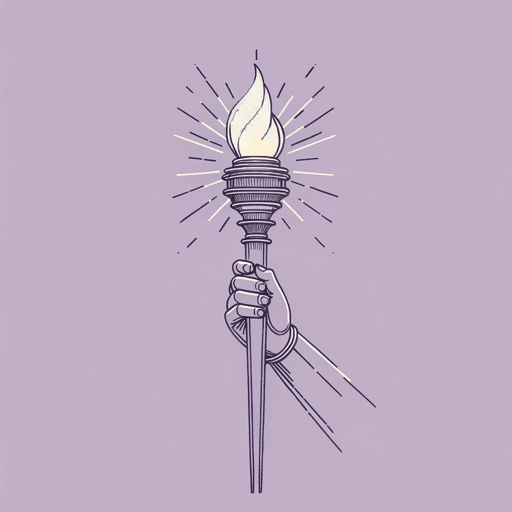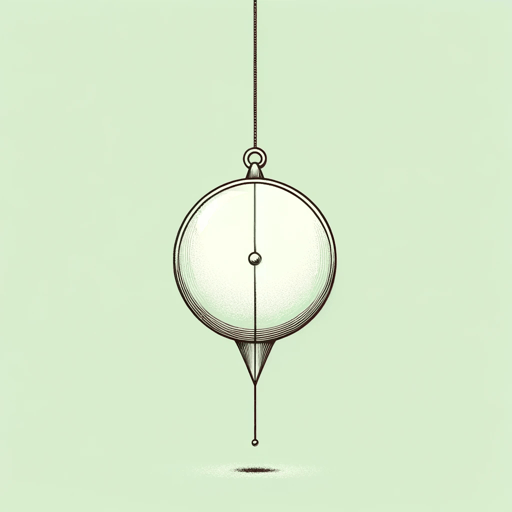28 pages • 56 minutes read
Edgar Allan PoeThe Imp of the Perverse
Fiction | Short Story | Adult | Published in 1845A modern alternative to SparkNotes and CliffsNotes, SuperSummary offers high-quality Study Guides with detailed chapter summaries and analysis of major themes, characters, and more.
Story Analysis
Analysis: “The Imp of the Perverse”
Poe’s work is valued for its contributions to the American Gothic genre of literature and its insight into the dark impulses of the mind. Both of these elements are exemplified in “The Imp of the Perverse.” Within a suspenseful narrative structure, Poe presents a darkly Romantic treatment of imagination to evoke terror in his reader. The human fear of Irrationality and Perverseness is conveyed through the story’s use of abstract proofs.
The tension and terror of this Gothic tale are repeatedly and paradoxically evoked through acts of self-reflection. Poe creates an intelligent, articulate, and self-reflective narrator who is ultimately limited by his own biases. He engages in intellectual reflection without illumination in an attempt to understand his violent and self-destructive behavior. His complex abstract theory of “perverseness,” which he himself has coined, increases the credibility of his claim that science and philosophy have overlooked what he has discovered. He finds flaws with popular scientific theories of his time, such as phrenology. His arguments are articulated elegantly through parallelisms:
The idea of it has never occurred to us, simply because of its supererogation.
Related Titles
By Edgar Allan Poe

A Dream Within a Dream
Edgar Allan Poe

Annabel Lee
Edgar Allan Poe

Berenice
Edgar Allan Poe

Hop-Frog
Edgar Allan Poe

Ligeia
Edgar Allan Poe

Tamerlane
Edgar Allan Poe

The Black Cat
Edgar Allan Poe

The Cask of Amontillado
Edgar Allan Poe

The Conqueror Worm
Edgar Allan Poe

The Facts in the Case of M. Valdemar
Edgar Allan Poe

The Fall of the House of Usher
Edgar Allan Poe

The Gold Bug
Edgar Allan Poe

The Haunted Palace
Edgar Allan Poe

The Lake
Edgar Allan Poe

The Man of the Crowd
Edgar Allan Poe

The Masque of the Red Death
Edgar Allan Poe

The Murders in the Rue Morgue
Edgar Allan Poe

The Narrative of Arthur Gordon Pym of Nantucket
Edgar Allan Poe

The Oval Portrait
Edgar Allan Poe

The Philosophy of Composition
Edgar Allan Poe

